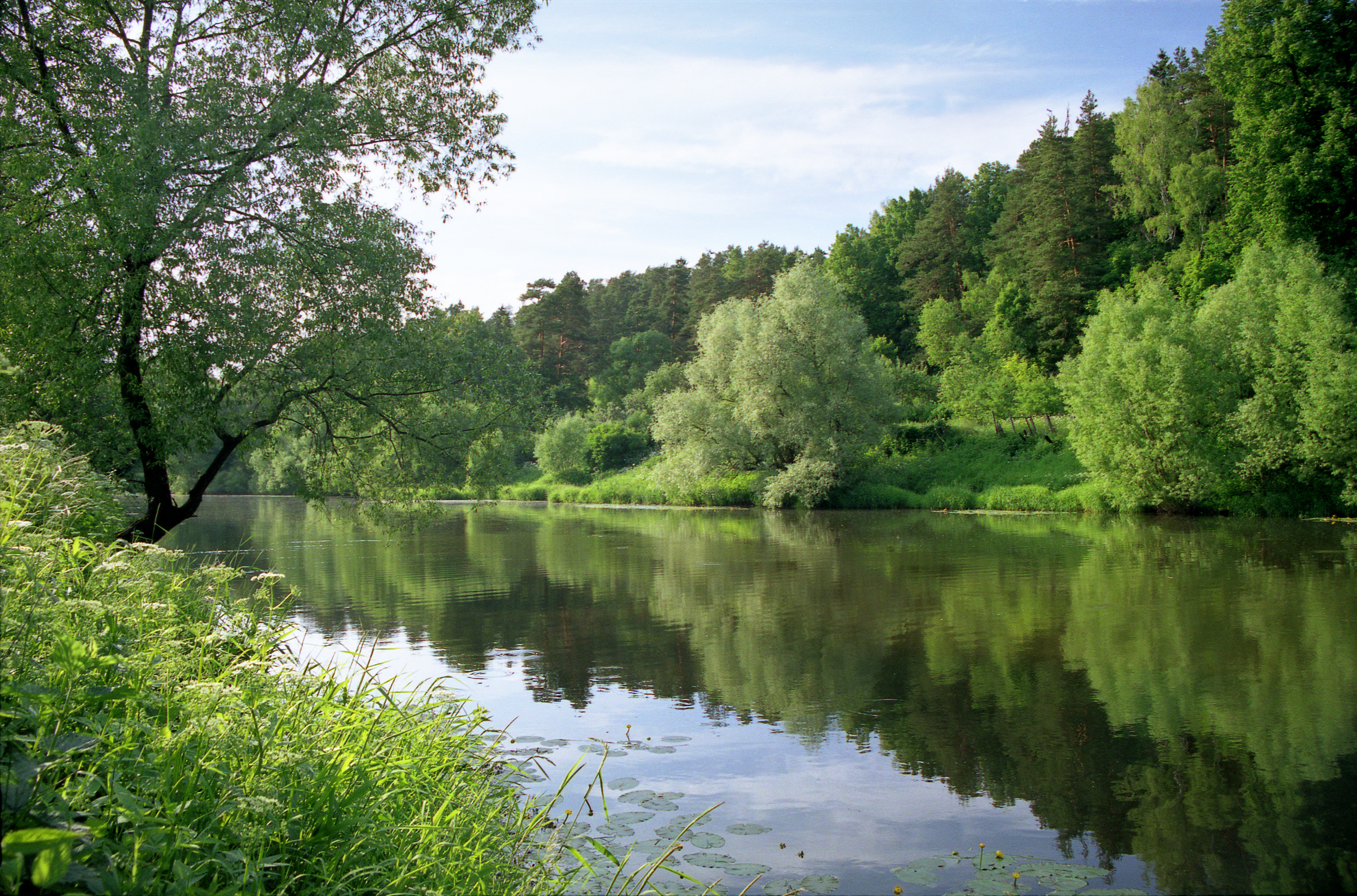Federal Environment Ministry and German Environment Agency present new water report
Sandoz chemical spill, 30 years onward: Salmon have returned to the Rhine
Hendricks: Sandoz disaster triggered a rethink in politics and industry

The European Water Framework Directive (WFD) is a major milestone in water policy
Source: Barabanschikov / Fotolia.com
The condition of Germany's rivers continues to improve. The Rhine and many other rivers have many more fish species than 30 years ago. Salmon – once virtually wiped out – are once again at home in German waters. Some stretches of the Danube have “good” to “very good” ecological status, rating best among all Germany’s rivers. There is still a need for action along the Weser and Ems rivers and other river basins which are exposed to consistently high, excessive nitrate inputs to the groundwater. Mercury pollution is impacting water quality in many locations. The water report required under the Water Framework Directive (WFD) which the Federal Environment Ministry and the German Environment Agency published today contains all the details on the condition of Germany’s river basins. According to the WFD, all rivers, lakes, coastal waters and groundwater must achieve “good" status by 2027 at the latest. Federal Environment Minister Hendricks said: “Groundwater, lakes, and rivers are our lifelines. It is our highest priority to protect them. There are some signs of success, for example the many more wastewater treatment facilities in operation nowadays. Hundreds of kilometres along riverbanks have been renatured, and there are fewer barriers for migratory fish species. But we are far from reaching our goal. Centuries of pollution cannot be cleaned up in a short amount of time. This is why further measures must be implemented in the coming years, for example the stricter regulation of fertilizer use.”

